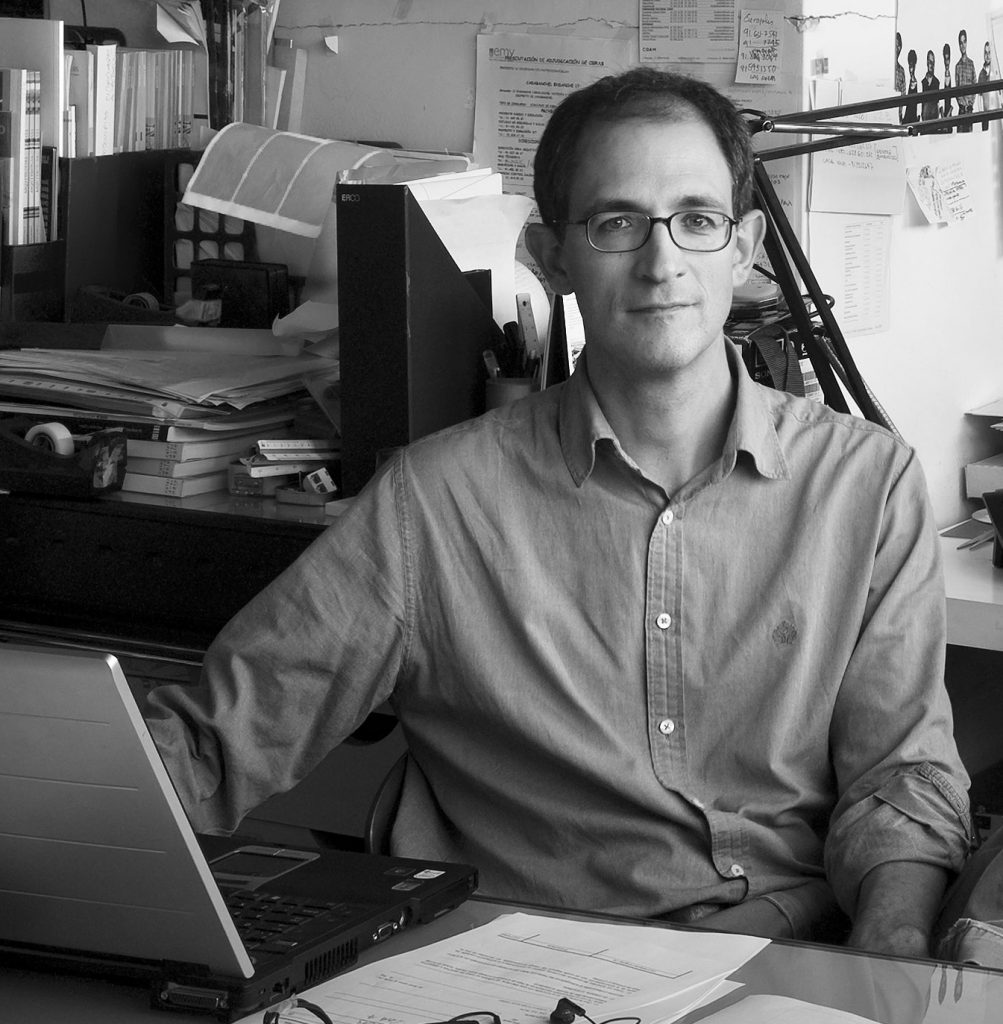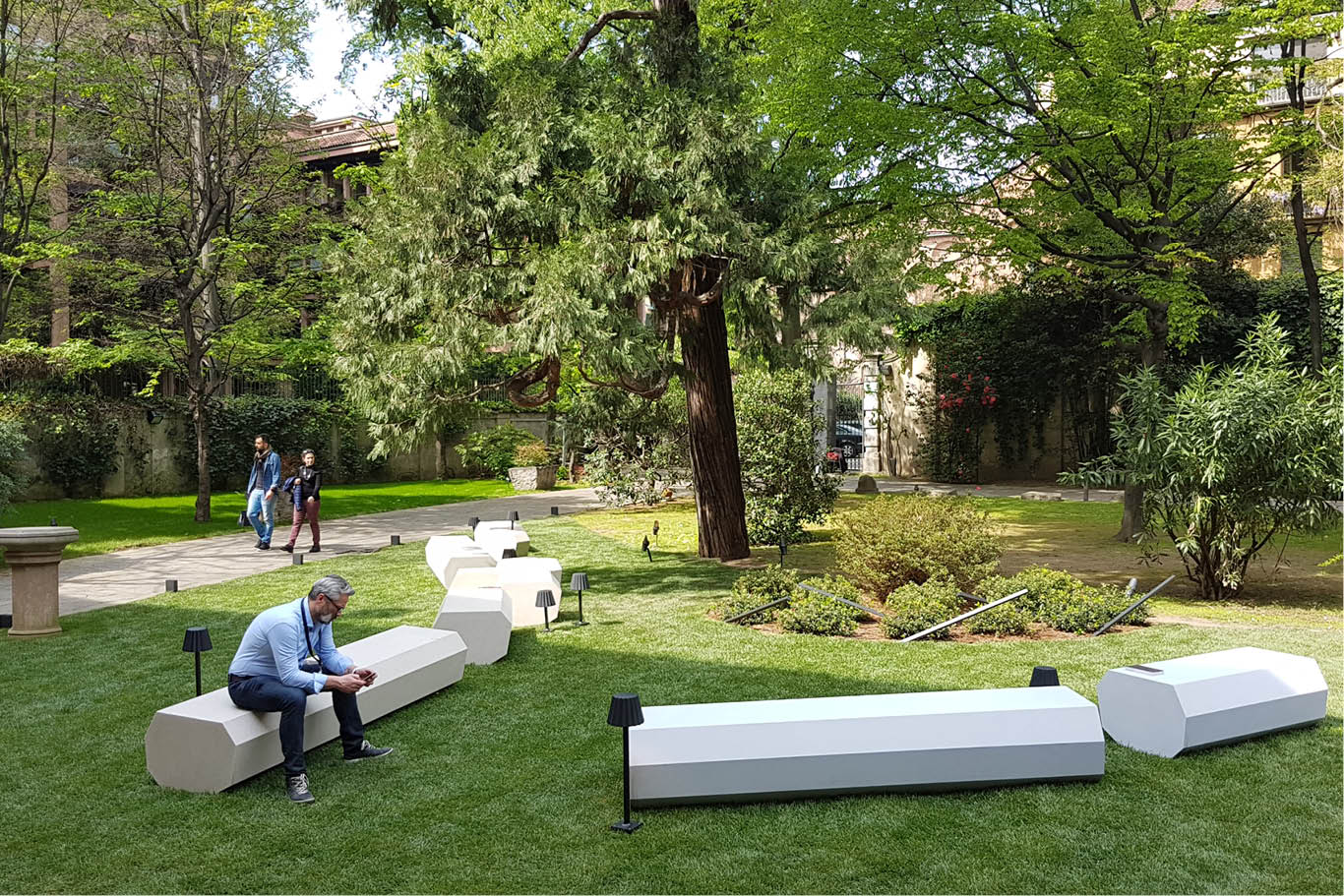
We speak to architect Nicolás Maruri, a lecturer at the Higher Technical School of Architecture of Madrid, where ARKRIT projects are developed. This research group looks into architecture criticism. We chat to him about the need for research in this field and the reflections architects make about their own discipline. COMPAC The Surfaces Company and ARKRIT produced a book about new materials, The Power of Skin, which you can download here.
What is ARKRIT’s aim? How many people does the group include?
The Architectural Criticism Research Group (ARKRIT) mainly focuses on studying the general concepts underlying contemporary architecture. This range includes small parallel fields that go to make up the larger grouping: from housing criticism to project processes and any other type of criticism relating to current thinking about architecture. It is a wide, difficult field that can have many different aspects; in a way, it is highly subject to opinions and, at times, expressing criticism about any project can be contentious. It doesn’t make you many friends but is important for training students. Criticism at universities is an essential ingredient in forming of critical thinking. The group currently comprises five lecturers and between 10 and 12 PhD students. It is a small group at the university and in constant transformation.
How did the initiative get started?
Professor Antonio Miranda, now retired, was the heart and soul of the group and worked for many years on architecture criticism, training PhD students at the Madrid School of Architecture. Around ten years ago, the syllabus changed and the Master’s in Advanced Projects was introduced. In order to provide a critical support for the Master’s, the research group was set up in tandem with the lectures given in the Master’s workshop. It had a hugely important teaching element. All this has changed today and it has completely transformed, but that is the background to the group. As well as work on the Master’s, the group’s research work includes a series of PhD theses that represent the in-depth research done by the group.
 What are the main research topics you cover?
What are the main research topics you cover?
The fundamental topic is criticism of contemporary projects. This can take many different guises depending on the research. One part is constructing the theory of architecture, where topics such as coherence are covered. Another is specific project criticism, where we have produced research work on collective housing strategies in Spain and another study into building methods, looking into surfaces and new façades.
What can research into architecture contribute? Can it influence trends and dynamics in the profession?
It can contribute control tools for the work done by the architect. Architects cannot arbitrarily or randomly produce. There have to be reasons behind what they do, and they should be able to develop a critical approach to what they do alongside having ethical principles in their work. In this sense, the contribution is research into these topics whilst training architects with the tools so that they can produce work that is more committed, more positive and useful for society. This is the foundation of what we do and the contribution to contemporary architecture; in the end, this is what every architect we train does, and we help them to acquire commitments along these lines for their practices. It doesn’t represent clear, direct progress that can be pinpointed, but professionals are trained so that in their own laboratories or practices they can take on a more committed and critical approach to what they do.
 Do you think that architecture professionals think about the discipline enough?
Do you think that architecture professionals think about the discipline enough?
It is difficult to escape street-level dynamics but I think that architecture professionals are generally really interested in what is being done and in what other colleagues are doing. They continually keep up-to-date through magazines and blogs, visiting colleagues’ work sites and model works in different cities. We could define it as lifelong learning and that vision establishes currents of thought and sensibility that have to connect with the problems faced by society, such as climate change. Although highly prevalent today, there can be no doubt that it is one of the crucial problems facing our society and having a lot of impact on how we approach architecture: from a regulatory standpoint, as the government is involved, but also from a commitment by architects themselves. While perhaps not seen directly, criticism work defined as research comes through every time a project is designed. There can be no doubt that things get re-jigged, that the architects try to do something better and make an effort to attain new levels of quality and progress.

